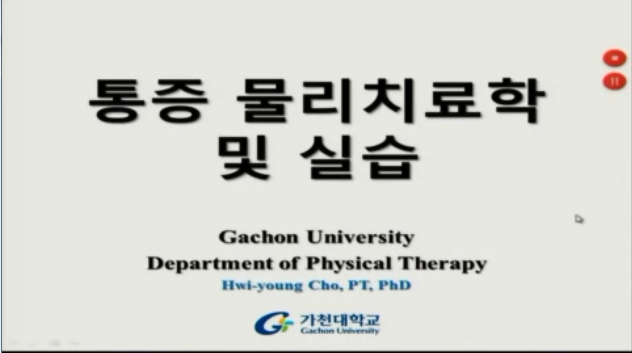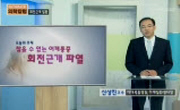This study is a nonequivalent control group, non-synchronized designed quasi-experimental study to find out the effects of laughter therapy on pain and state anxiety of postmastectomy patients. The participants were 33 patients admitted for mastectomy...
http://chineseinput.net/에서 pinyin(병음)방식으로 중국어를 변환할 수 있습니다.
변환된 중국어를 복사하여 사용하시면 됩니다.
- 中文 을 입력하시려면 zhongwen을 입력하시고 space를누르시면됩니다.
- 北京 을 입력하시려면 beijing을 입력하시고 space를 누르시면 됩니다.
웃음요법이 유방절제술 후 환자의 통증과 상태불안에 미치는 영향 = The Effects of Laughter Therapy on pain and State Anxiety of Postmastectomy Patients
한글로보기https://www.riss.kr/link?id=T11790461
- 저자
-
발행사항
대구 : 경북대학교 보건대학원, 2009
-
학위논문사항
학위논문(석사) -- 경북대학교 보건대학원 , 보건관리 , 2009. 8
-
발행연도
2009
-
작성언어
한국어
- 주제어
-
발행국(도시)
대구
-
형태사항
42 p. ; 26cm
- 소장기관
-
0
상세조회 -
0
다운로드
부가정보
다국어 초록 (Multilingual Abstract)
The instruments used were the 'Numeric Rating Scale' for pain and the standardized 'State-Trait Anxiety Inventory' (Kim & Shin, 1978; Spielberger, 1970) for anxiety. Date were analyzed using SPSS 15.0 with the x2-test, Mann-Whitney U test, repeated measures of ANOVA, paired t-test and ANCOVA.
The result were as follows;
1) Overall, the level of pain in experimental group was significantly lower than that in control group (F=30.001, p<.001). Since the level of pain in all participants was reduced as time passed, the interaction effect between time and group was found (F=8.574, p<.001).
2) The level of state anxiety in experimental group was significantly lower than that in control group (p<.001).
Based on the results, the laughter therapy may be recommended as an useful intervention to effectively reduce pain and state anxiety of postmastectomy patients.
This study is a nonequivalent control group, non-synchronized designed quasi-experimental study to find out the effects of laughter therapy on pain and state anxiety of postmastectomy patients. The participants were 33 patients admitted for mastectomy in a college affiliated hospital, 17 patients in experimental group and 16 patients in control group from November, 2008 to March, 2009. Two registered nurses who were certified 1st degree laughter therapist and a specialist applied the intervention once a day for 30minutes from 2nd day to 6th day after surgery when visited them.
The instruments used were the 'Numeric Rating Scale' for pain and the standardized 'State-Trait Anxiety Inventory' (Kim & Shin, 1978; Spielberger, 1970) for anxiety. Date were analyzed using SPSS 15.0 with the x2-test, Mann-Whitney U test, repeated measures of ANOVA, paired t-test and ANCOVA.
The result were as follows;
1) Overall, the level of pain in experimental group was significantly lower than that in control group (F=30.001, p<.001). Since the level of pain in all participants was reduced as time passed, the interaction effect between time and group was found (F=8.574, p<.001).
2) The level of state anxiety in experimental group was significantly lower than that in control group (p<.001).
Based on the results, the laughter therapy may be recommended as an useful intervention to effectively reduce pain and state anxiety of postmastectomy patients.
목차 (Table of Contents)
- Ⅰ. 서 론 1
- Ⅱ. 대상 및 방법 4
- 1. 연구 설계 4
- 2. 연구 대상 4
- 3. 연구 도구 6
- Ⅰ. 서 론 1
- Ⅱ. 대상 및 방법 4
- 1. 연구 설계 4
- 2. 연구 대상 4
- 3. 연구 도구 6
- 4. 연구 방법 8
- 5. 자료 분석 9
- Ⅲ. 성 적 11
- Ⅳ. 고 찰 18
- Ⅴ. 요 약 22
- 참고문헌 24
- 부록 30
- ( Abstract ) 41












